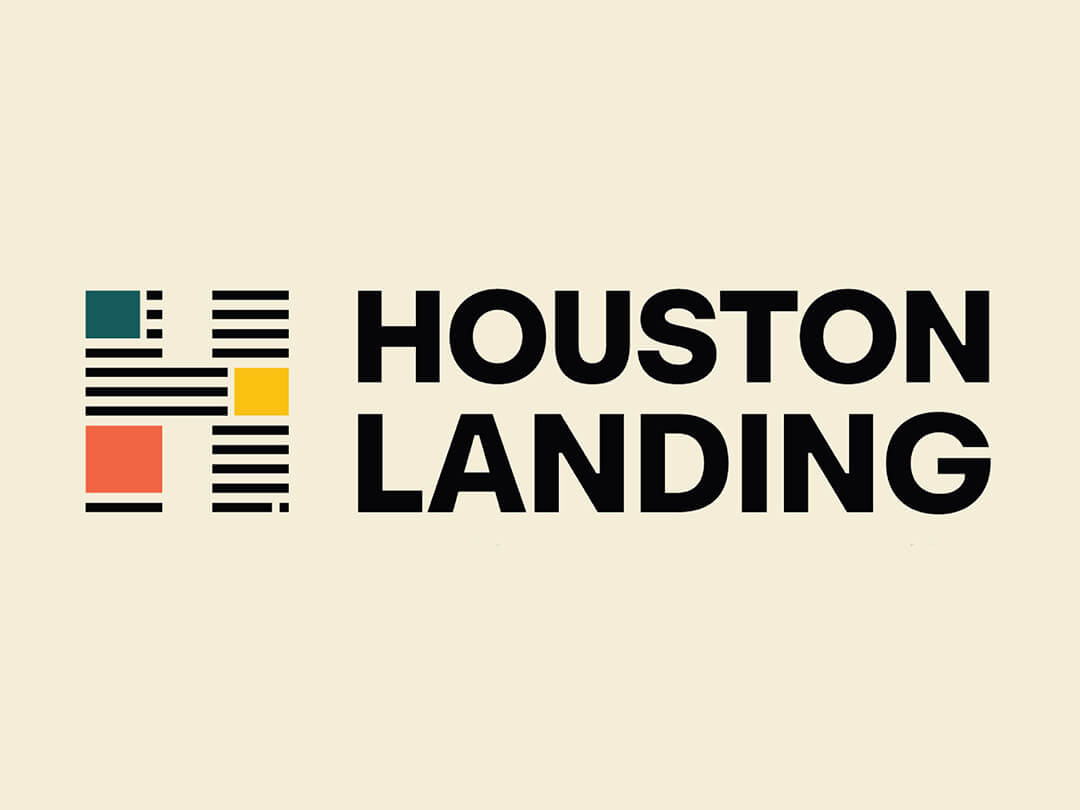Ben Conarck wanted to work in local journalism.
Despite the relentless crawl of bad news for the industry, he still does.
“It’s terrifying, honestly, to be in local media right now,” said the cops and prisons reporter at the Florida Times-Union, a Gatehouse newspaper.
This week offered a few reminders of that.
About 70 people worked in his newsroom when Conarck started a year and a half ago. After 10 people were laid off from the newsroom this week, that number now hovers in the 40s.
Across the country, Digital First Media’s planning more deep cuts in its California newsrooms. And last year, local news lost digital sites and alt-weeklies. Corporate shops including Gannett and McClatchy continued cutting.
Right-sizing is a bloodless corporate term for an agonizing, messy and demoralizing process. But it’s one we’ve heard again and again in a decade or so of financial floundering from an industry that’s trying to transform.
Can newsrooms really change under the constant threat of layoffs?
“I think it’s more than possible,” said Robyn Tomlin, the managing editor of The Dallas Morning News who’s headed to McClatchy as a regional editor of their Carolina papers. “I think it’s essential.”
Editors have to tell the newsroom what’s going on. And they have to listen.
Every newsroom is trying to create a new narrative about itself right now, Tomlin said, from being part of a dying industry to being part of one in the midst of reinvention.
“People in our newsrooms need to believe that narrative, and that’s hard right now because they’re seeing the dying part. They’re seeing the layoffs and the cuts and the things we can’t do that we used to be able to do.”
Successful local newsrooms have changed that narrative, Tomlin said.
How?
It starts with the newsroom’s culture and the belief that everyone has a part in making change work.
And that can’t be top down.
When Tomlin’s Dallas newsroom started the process of change, groups of people from every department spent months working together on the new strategy. Philadelphia Media Network, which includes the Philadelphia Inquirer and the Daily News, did the same thing. Staffers worked together for three months on a report entitled “Call to Arms” that told people at the top what needed to change.
“When you look at what we’ve gone through in the last two years," said Gabriel Escobar, PMN’s editor, "it’s both communicating with the newsroom and involving the newsroom in the conversation about what we need to do."
Don’t just cut. But do make choices.
For years, the cuts seemed purely financially driven, meant to lower costs in newsrooms where the new wasn’t growing fast enough to replace the old. Those cuts burned a lot of people out of newsrooms (that Plan B Facebook Group for journalists just reached 12,000 members.) Some editors left, or were fired, instead of cutting any more.
The layoffs haven’t stopped, but recently, they’ve seemed a bit more strategic, if not any less painful.
Before it started remaking itself as a digital publication with a print product, The Dallas Morning News offered buyouts aimed at people who weren’t interested in the changes ahead. Thirty-four people accepted them. Then, the newsroom added about 25. Dallas cut another 25 jobs last year when it outsourced print design. Philadelphia Media Network had two rounds of buyouts last year, and lost a total of 51 from that and attrition. But they also hired 40 in that time.
At the end of 2017, Howard Gensler took one of those buyouts. Gensler, previously a staff writer and president of the Newspaper Guild of Greater Philadelphia, thinks innovation can happen alongside cuts.
But newsrooms can’t just subtract.
“If companies just lay off, I think it’s very difficult in terms of morale and in terms of psyching up the remaining workforce for continuing changes when it’s sort of clear to them that the last round of changes didn’t achieve their goal or we wouldn’t need another round of changes,” he said.
Adding new people might help change the culture over time, he said, as younger journalists bring with them different mindsets and different skill sets.
“Whether that innovation has any financial reward, who knows,” he said. “It may. But so far, there’s not that much evidence of that. You can lose money with old people. You can lose money with young people.”
And newsrooms have to make choices about what gets covered. Doing more with less, something we’re talking about right now in Poynter’s local newsletter Local Edition, doesn’t work.
In Jacksonville, innovation feels like it’s a move back to the fundamentals of journalism, Conarck said.
“Mary Kelli’s philosophy is we’re not going to do the small stuff,” he said of his editor, Mary Kelli Palka.
After last week’s cuts, which wiped out the business desk, the newsroom had a meeting and discussed that they’d only be covering critical business stories in the community. (Jacksonville has a business journal.) They’re going after bigger stories, like Conarck’s collaboration with ProPublica on racial profiling.
They don’t have the staff anymore to cover everything. So they’re choosing to be the watchdogs, he said.
“I’m on board with that.”
Innovation has to be about something different.
When Tomlin started in journalism, innovation meant making bright and shiny things.
“Now it’s about how do we build a path to sustainability,” she said.
That means everyone has to be engaged in the business side and have a greater sense of ownership about how it functions and how they can help, she said.
“For all these years, you could be a journalist, go in and do your job and the business side ran the business,” said Neil Chase, editor of the Bay Area News Group, whose newsrooms include the San Jose Mercury News and the Oakland Tribune. Those newsrooms are on the receiving end of Digital First Media’s cuts in California.
That tradition left a lot of people feeling helpless, he said.
“Some owners, not all, certainly not mine, have started to more aggressively pursue new models that are more promising.”
BANG, like other news organizations looking to subscriptions as a way to make money, has started focusing on what role journalists play in getting people to subscribe. And it’s not through working for marketing.
That offers a least a little bit of agency.
“When you say to the newsroom, this is not completely out of our control any more, I think this is a different ballgame,” he said.
The Dallas Morning News called 2017 the “year of the subscriber,” and formed a team with people from advertising, product, marketing and the newsroom.
They identified metrics that show what leads to subscriptions and created new goals for this year around those metrics. It’s not about pageviews or uniques or social media presence, although those are factors, Tomlin said, but about growing a meaningful relationship with readers.
Last month, the newsroom met its digital subscription goal. It celebrated with what we hope is a new kind of newsroom cake.
Don’t give up on good journalism.
Miami Herald investigative reporter Nicholas Nehamas hasn’t been through the major layoffs we’re seeing now, and he’s grateful for that. He isn’t sure that environment would be conducive to the kind of change his newsroom’s pushing for.
“When you lose colleagues, it really is incredibly demoralizing,” he said.
But journalists are also resilient, and he sees those cuts pushing them to do their jobs and prove why they’re valuable and their work is worth paying for. He sees part of his job now as doing that kind of work.
“Don’t let up on good journalism,” Chase agreed.
“We know that news is in demand more than ever and journalism is more important than ever, so the fact that we’ve got a somewhat dysfunctional business model around how we get it to people, that’s our problem to solve.”
Journalists who care about covering their communities but can’t anymore by working for newspapers aren’t out of options, either. LION, Local Independent Online News Publishers has 150 members in 37 states. There are now organizations to help newsrooms become sustainable and figure out membership models.
It’s happening in Wisconsin, Michigan, New York, Ohio, Washington, Florida, Hawaii, California, Pennsylvania and beyond.
Decide who you work for.
The ground has been shifting under newspapers for a while now, Chase said. It’s not new.
So how do you change as that continues to happen?
“You just keep adapting because you go to work every day knowing that you don’t really work for your bosses, you work for the employees next to you and the readers of the work you do.”
Chase hasn’t said how many buyouts BANG is hoping for, but layoffs will likely follow.
And we’ll see them in other newsrooms, too. Fourth quarter results are expected soon across the industry, said Poynter’s media business analyst, Rick Edmonds. There was no ad rally during the holiday seasons, and it doesn’t look good.
"I'm pretty sure whole ares of coverage will be wiped out," Edmonds said, "but it's early to say which ones."
Despite all that, at the Times-Union, Conarck feels lucky to work for an editor whose focus is the community and not the corporation.
“If she was a more corporate-minded editor, I don’t think we’d be faring as well,” he said. “I’d be gone already. I trust in her vision, and I believe in her vision for this paper.”
Last week, he left a meeting on how the newspaper planned to work with 10 fewer bodies and got back to knocking on doors across Jacksonville.









